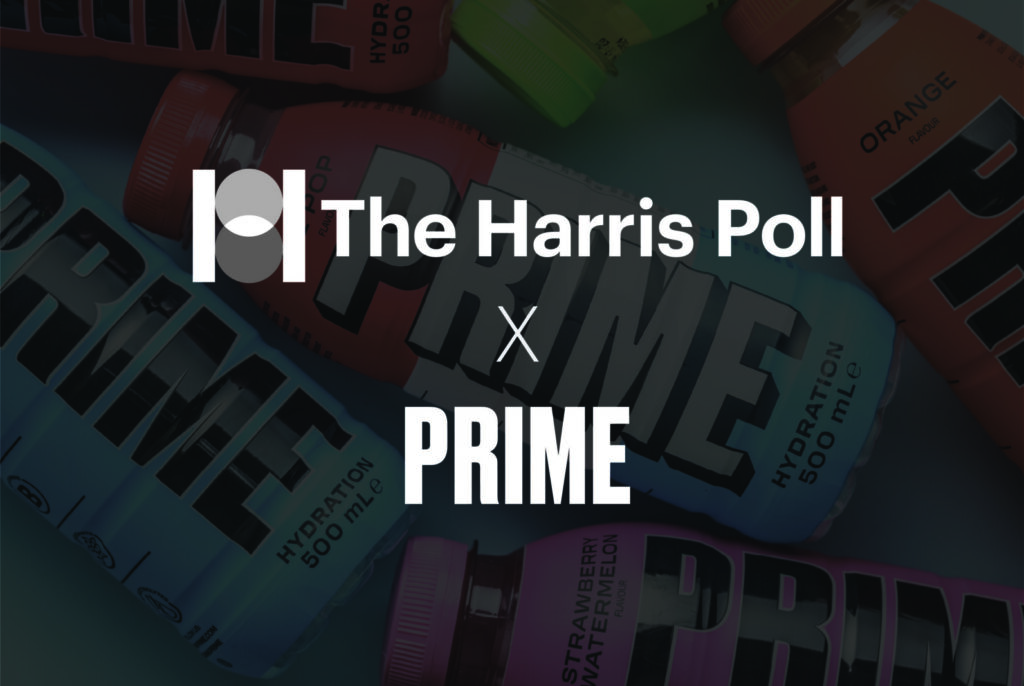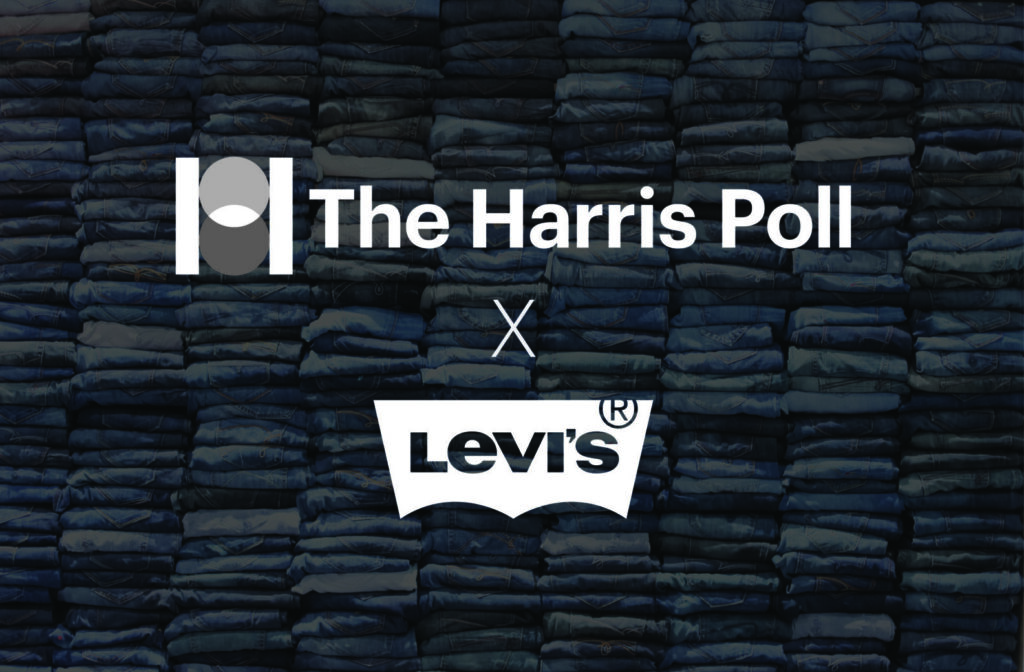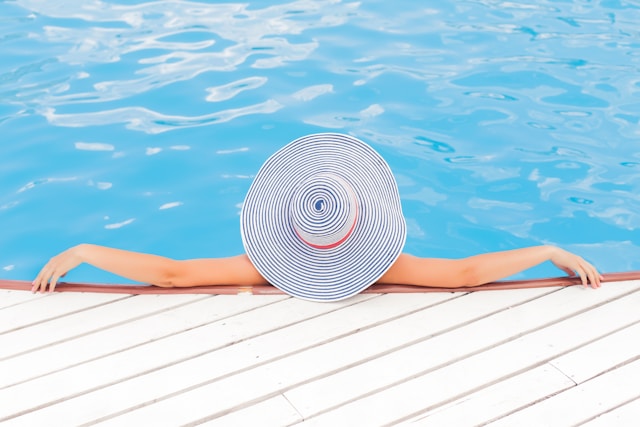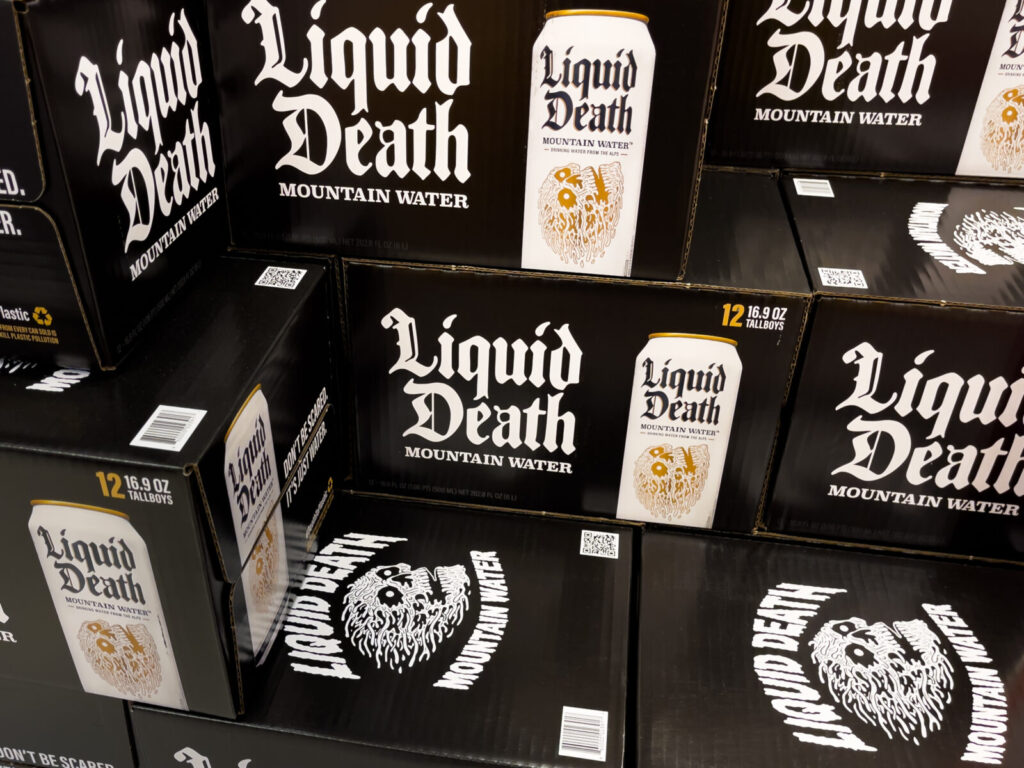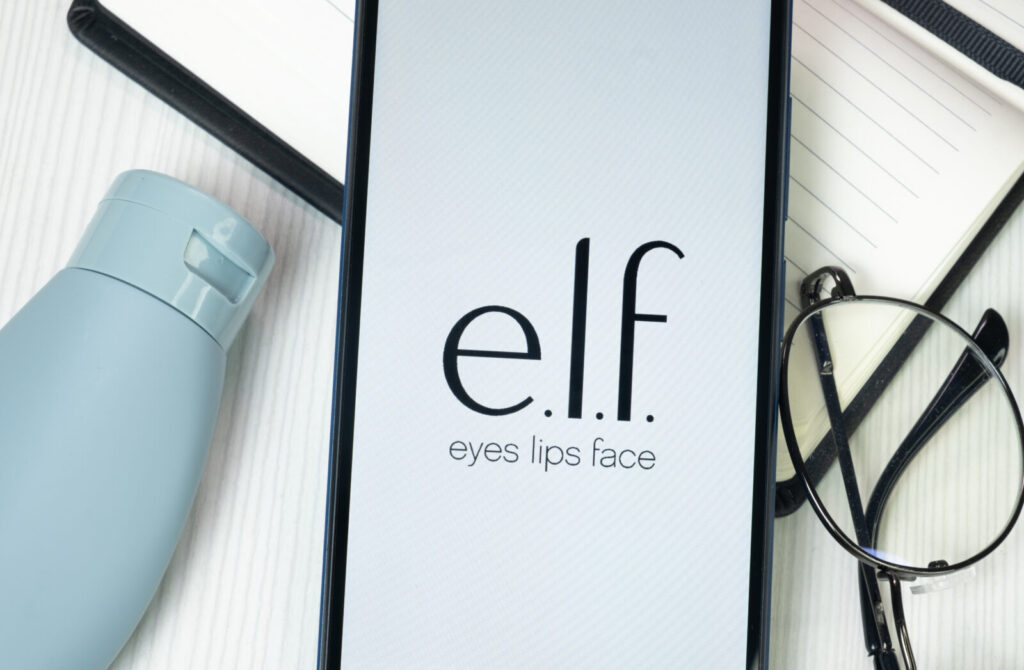Brief • 5 min Read
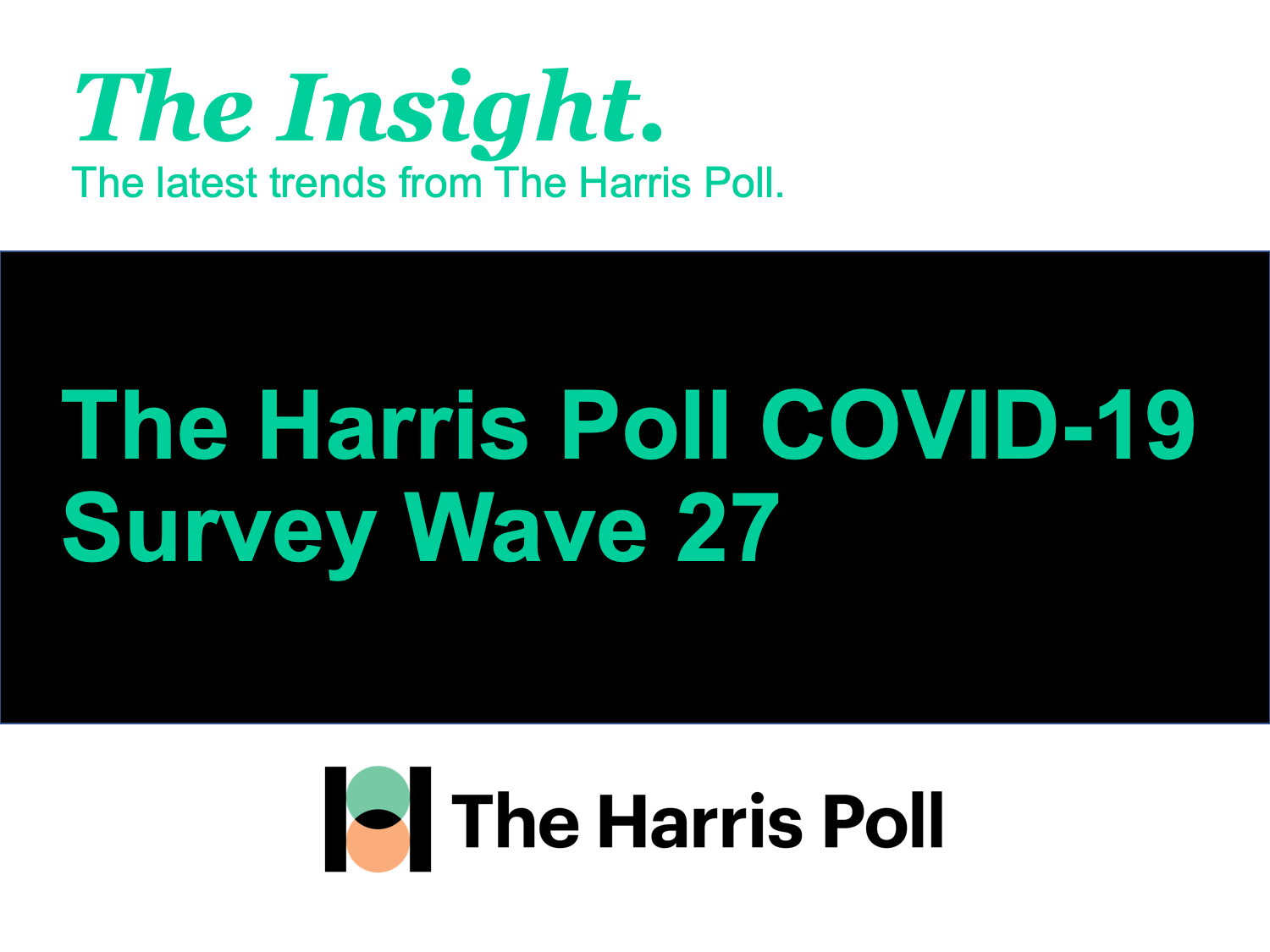
BREAKING: Did you catch our special report: Six Months That Changed America? Download the Report
In The Harris Poll COVID-19 Tracker (Week 27) fielded August 28-30, 2020, the total number of confirmed coronavirus cases crossed twenty-five million globally, as the virus accelerated in countries including India, which reported a record daily increase in cases. The U.S. has passed six million confirmed cases – Here’s a map with the latest figures nationwide – yet daily confirmed Covid-19 cases hit its lowest level in a week according to Johns Hopkins University data.
This week we look at The NBA’s fight against racial injustice as the Milwaukee Bucks decided not to play their game Wednesday in protest of the shooting of Jacob Blake. Also, as TikTok suitors line up, we study the curious possible marriage of a massive retailer and social platform powerhouse. Could Walmart make Tik, Tok?
College sports are back on some campuses while others are not. We survey Americans to ask, what’s more important… student health or college sports? Workcations are the new rage as long-term rentals in exotic locations attract claustrophobic workers and students. As our survey shows, Americans are thinking out of the box (home).
As vaccines move into phase 3 clinical trials, suggesting hope is on the horizon? Better testing however is less certain. We assess what Americans want out of a fast COVID test.
As a public service, our team has curated key insights to help leaders navigate COVID-19. Full survey results, tables, and weekly summaries can be accessed for free at The Harris Poll COVID-19 Portal. We will continue to actively field on a regular cadence to track the shifts in sentiment and behaviors as the news and guidelines evolve.
NBA’s Fight With Three Crises at Once
In the first week of the NBA playoffs, ratings were down (20%) from last season. While this is in part due to declining television viewership in August, our new data signals fan viewership is being driven by how the NBA is addressing the three-pronged crises, COVID, economy, and social injustice. Consider how all three forces are intertwined:
- Over a third of sports fans say they’re watching fewer NBA games: (37%) of Americans and (39%) of self-described sports fans say that they find themselves watching fewer NBA games these days than they used to.
- The main reason is politics: When we asked those who are watching fewer games to pick from a list of reasons why one answer topped all others: (38%) of sports fans say it’s because that “the league has become too political”.
- Other contributing factors: (28%) said the games are more boring without fans, (19%) don’t like the NBA’s relationship with China, and (16%) said they’re just watching less TV overall, not just sports.
- Speaking of China: When asked, (37%) of sports fans said that the NBA should end their lucrative business relationship with China, (36%) said they thought the relationship should continue, and (27%) were unsure.
- Americans still stand with players speaking out against racial injustice: Just last week, the sports world stopped after Milwaukee Bucks boycotted their playoff games following the police shooting of Jacob Blake in Wisconsin. And as support (65%) grows for Black Lives Matter, (62%) of fans support leagues and players donating money to local organizations promoting social justice, (56%) support speaking out during interviews.
- In addition, nearly half (47%) of fans support players putting social justice slogans on jerseys and (45%) support players kneeling during the national anthem.
- Could this be tied to declining ratings? Maybe… (51%) believe companies should provide a public statement regarding black lives matter and racial inequality in America, and clearly, sports leagues are not immune…
Takeaway: While some industries faced the crises in stages over time, usually health, then economic, and then social injustice, the NBA is faced with the three-pronged crises all at once. And as we’ve seen in the past with the NFL and Colin Kaepernick, Americans tend to treat sports leagues just like businesses, and today, near equal amounts say they will remember the companies that did the right thing (76%) and the companies that took missteps (72%) in their response to the issues related to the COVID-19 pandemic, economic security of their workforce, or racial injustice. The tricky tightrope here is the support for the players and the bemoaning of NBA’s political-leanings to some. Our money has been and is still on the players to set the tone for the league.
Call It WalTok? TikMart?
With Walmart now in the running for the TikTok stakes, perceptions around retail as a buyer of a social platform are enticing.
- Why is Walmart interested in joining Microsoft’s bid? E-commerce, obviously. But Walmart has a spotty record in acquisitions like ModCloth, Shoes.com, Jet.com, and Flipkart. Yet this time there is the dual appeal of embedding retail into a monster of daily user swipes, while also creating a digital ad network where a CMO of a large brand manufacturer can think of Walmart as a place to advertise on, reports The Journal’s Sarah Nassauer.
- Interestingly, nearly a third (34%) would support Walmart if they were to buy TikTok, especially men (39% vs. 29% women) and younger Americans (42% Gen Z/Millennials vs 20% Seniors). And, there is bipartisan support too, both Republicans (35%) and Democrats (37%) would support Walmart.
- Meanwhile, China has introduced new rules around the export of certain types of technology, such as AI interfaces and speech recognition forcing ByteDance to ask for China’s approval before selling off TikTok’s U.S. operations to whoever the buyer is
- Who is the best fit to buy TikTok? It’s a toss-up: When asked which companies would be among the best fit to buy TikTok, Americans cast a wide and shallow net: Less than a third say Google (29%); about a quarter Microsoft (24%), followed by Snapchat (22%), Apple (22%), Twitter (20%), while less for Amazon (18%), Netflix (16%), and Oracle (6%).
- But Walmart was a clear outlier: Only (14%) could envision the retailer.
- Meanwhile, nearly a third (31%) believe none of the above companies would be the best fit to buy TikTok…
- Could tech save retail? The majority of Americans (51%) say it’s a good business decision for a retail company to expand into the technology industry, especially men (58% vs. 44% women) and Gen Z/Millennials (67% vs. 35% of Boomers; 30% of Seniors). What’s more, (64%) would have a better opinion of a company expanding into a different sector/industry than their own.
- The power of platform: Three quarters (74%) of active TikTok users say they would miss it if it were banned. This affinity runs deep: (64%) of active Tik Tok users oppose Trump’s order to effectively shut down TikTok even though (59%) of these users are concerned China is inappropriately using their personal data.
Takeaway: Retailers take note: While (47%) of Americans miss the experience of shopping, they’re becoming reliant on digital (31% are relying more on social media product reviews today) and (77%) are satisfied with online shopping now for things you used to do in-store. In order to compete in the post-pandemic retail landscape, digital transformation for retailers must keep pace with consumer demand, or in this case, an addictive app where all youth traffic seems centered on currently.
Student Health vs. College Sports
Outbreaks of COVID cases on college campuses have spiked by the thousands in as little as just weeks since students have returned to campuses. The University of North Carolina at Chapel Hill sent most undergraduates home after clusters popped up in campus housing. In the first week of school, the campus health clinic saw the test positivity rate rise to (13.6%) from (2.8%).
- Amid rising cases, new state restrictions emerge: New York State has established its own threshold for temporarily closing colleges with COVID-19 outbreaks: 100 positive tests over two weeks. Gov. Andrew Cuomo announced Thursday that if schools hit that number, they must revert to completely remote learning for two weeks after that, at which point the state would further examine the pandemic’s status on that campus.
- But nearly three-quarters of Americans (72%) say schools should have a threshold of positive cases before moving to an online model, especially Gen Z/Millennials (74% vs. 66% Boomers). (58%) believe these thresholds should be set on the percent of the student/staff body with positive cases, (56%) number of positive cases, and (30%) say it should be based on hospitalization rate.
- The college drop-off is now a COVID risk assessment exercise for parents: What was once a bittersweet ritual for parents dropping their kids off at college has transformed into a process defined by risk management, logistics, and trying to navigate ever-changing protocols. Half of the parents of college students moving on campus (52%) have spent time reviewing the college’s COVID-19 policy and (34%) have contacted school administration for guidance.
- Enter the COVID class of helicopter parents: (40%) of parents of college students moving on campus have created a “quarantine kit” for their kids, and instead of the awkward but important lecture on practicing safe sex, parents are now lecturing kids on practicing social distancing (39%). Even (37%) have looked into apartments for rent in case the campus/dorm closes.
- COVID19 and College sports debate: (68%) of Americans say colleges or universities that allow sporting events to happen this fall are jeopardizing the health and safety of their students. Meanwhile, nearly three quarters (73%) are concerned about the economic impact on college towns that rely on crowds coming to town to attend and watch sporting events
- Americans are split on the credibility of national championships during COVID: Given some major college athletic conferences such as the Big 10 and Pac 10 will not be competing in sports this fall season, we asked whether or not Americans think the team that wins a national championship should be viewed the same as during a normal season and (37%) said yes and (36%) said no, while (27%) were not sure. But it appears everyone is at odds….
- Read more: The Big Ten’s credibility is being torn apart from the inside out, and it only has itself to blame
Takeaway: The NCAA is purported to be the advocates for student-athletes, which looks curiously out of step with its allowances of some conferences to play, while students are sent home or left in their dorms. The billion-dollar business that is college football and the revenues that athletic departments rely on to fund other non-revenue generating sports is driving this decision. But the NCAA’s ethos seems to be clouded in dollars, not sense.
The Rise of ‘Workcations’
The travel industry was hit hard by the COVID-19 restrictions, yet Airbnb seems to keep on going with a whole new set of customers. As TWKTD reports, in the last three months, the platform has seen a threefold increase in reviews mentioning remote work.
- We call them ‘Workcations’: Airbnb data says that people are renting for longer too, 28 days plus. With many offices still permitting WFH and in-person classes suspended later into Fall, Airbnb launched a section dedicated to long term rentals. They are also seeing a shift in the locations – most popular locations for people renting homes for 28 days or longer are rural – places that are a beautiful escape from the city and the pandemic.
- Curious about these leisure-suits, we surveyed Americans currently working remotely/from home this weekend, and three-quarters (74%) would consider taking a ‘workcation’.
- Eight in ten (80%) Gen X, (71%) Gen Z/Millennials are interested compared to only (49%) Boomers, who are more likely to be retired or own second homes (or both).
- Only (17%) said they would never take a work-cation.
- Where would you like to live and work, if you could go anywhere? The most popular spots are California (19%) and Florida or New York (15%).
- What would you stay in? (45%) would use a hotel to book a work-cation Airbnb (39%). However more younger people say AirBnb (45%) than hotels. VRBO is also popular (20%).
- This data points out that getting workers back to the office is difficult. According to The Guardian, British agency holding company WPP reveals only (3%) of its UK staff regularly work in its British offices amid the home working revolution. The UK is lagging WPP’s other most important EU market, Germany, where (17%) of staff are back in the office. However, in the US, where WPP employs 19,000 staff, office working is at (1%). And all WPP’s 8,000 staff in India are still working remotely.
- If office working is languishing, business conferences are nearly non-existent. One meeting in Boston Seeded Tens of Thousands of Infections, study finds.
- Companies are pre-planning for less regular workers already: This summer, Ford asked roughly 30,000 employees who work at or near its Dearborn, Mich., headquarters to clear out their desks. It had nothing to do with layoffs, but to prepare for a future in which many, if not most, employees won’t come into the office every day.
- Hackers are following workers home: As employees WFH, companies are facing a skyrocketing number of hacking attempts. There were 320,000 complaints of internet crime received by the FBI as of May 28, nearly double the rate of the prior year.
- College Is Everywhere Now: students who, deprived of experiences and many back online again are forming ‘college collab’ houses in remote locations that go way off-campus.
- Want the ultimate workcation? See Why Tourist Spots Like Bermuda Are Offering Remote-Work Visas.
Takeaway: One of the surest and safest futurist bets you could make is to say that work will be blended between home and the office. But less certain is who, for how long, and in what types of rhythms. For companies, the post-vaccine workplace holds advantages and deficits. The efficiency of home working is offset by the loss of creativity and innovation that interaction brings. Longer-term, other factors are at play such as the potential shift to the suburbs, the impact on cities and their supporting infrastructure for commuters, urban resident tax bases for services, etc. Take your workcation now because this nightmare year might become a one-off (let’s hope).
America is Betting on Abbott for the Return to Normalcy
Just last week Abbott announced FDA approval of its BinaxNOW™ COVID-19 Ag Card rapid test for detection of COVID-19 infection. Selling for only $5, this test delivers results in fifteen minutes and is about the size of a credit card. This week we asked Americans what they think about Abbott’s new test:
- The majority (56%) of Americans say Abbott’s rapid COVID-19 test is trustworthy, and nearly 3 in 5 Americans (59%) believe Abbott’s rapid test would be accurate. Meanwhile, less than a third (27%) say they wouldn’t trust it and less than a quarter (23%) don’t believe it would be accurate.
- Why Abbott interest among the public? Americans want accuracy, simplicity, and speed: Last week Americans told us when it comes to COVID19 testing, the top three most important factors were accuracy (91%), simple process (88%), and fast results (83%), which is exactly what Abbot’s new BinaxNOW promises.
- Why speed matters: In New York, the absence of widely available rapid virus tests has led affluent New Yorkers to turn to services that can yield results in as little as 24 hours. Free standard tests can take days to return results.
- Instilling confidence to return to public activity: While three quarters (74%) still fear leaving their house for essential errands, Abbott’s rapid test might be the assurance they need to venture out safely… Over half of (53%) say they would somewhat/very comfortable going to the office and staying in a hotel (51%) if they were given a rapid test beforehand. This assurance extends to the activities deemed most risky like flying on an airplane (42% would be comfortable doing so after taking the Abbott test) and even going back to school (40%), the gym (40%), theme parks (39%), large social gathering (38%), taking public transit (37%) and going to a sporting event or concert (36%).
- Getting us closer to “normalcy”: (64%) of Americans say Abbott rapid test will have a great deal/some impact on parts of American society returning to normal, especially men (68% vs. 61% women) and Gen X and Seniors who more likely than Gen Z/Millennials (71% and 68% vs. 58%).
- Bloomberg reports “Demand is expected to be high, as they could help guarantee the safety of everything from flights to restaurants to offices.”
- Beyond testing, Harris Poll finds a growing risk of ‘vaccine protectionism’: Two-thirds (66%) of Americans don’t want to share a vaccine right away with the rest of the world if the U.S. gets there first, according to our recent survey with Axios.
- But this type of nationalism has inherent risks. Eli Lilly CEO David Ricks, whose company has a coronavirus treatment in Phase 3 of clinical trials, told “Axios on HBO” that it’d be smart to share with other countries rather than going America first. Once at-risk Americans are vaccinated “I think humanitarian principles would say we should share.” Ricks also points out that public health that this is a shared risk, not an individual risk.
Takeaway: A fifteen-minute test liberates restaurants, gyms, airports, conventions, concerts and many other areas of typical American gathering. But the public will need to maintain vigilance moving into a different type of re-opening and not make the mistakes made in May and June when states went rogue in their back to normal routines. This however is great news in a year not filled with much.
Subscribe for more Insights
Subscribe to our newsletter for the latest trends in business, politics, culture, and more.
Download the Data
This survey was conducted online within the U.S. by The Harris Poll from August 28-30 among a nationally representative sample of 1,946 US. adults.
Download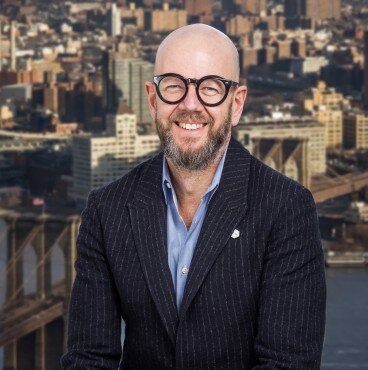
Subscribe for more Insights
Subscribe to our newsletter for the latest trends in business, politics, culture, and more.
Download the Data
This survey was conducted online within the U.S. by The Harris Poll from August 28-30 among a nationally representative sample of 1,946 US. adults.
DownloadRelated Content

